The offerings in professional-style ranges for the home kitchen have multiplied over the years, but two of the standard bearers still reign: Viking and Wolf. Similar in price points, features, and cooking power, they seem more alike than different. How to choose? It might just come down to the looks.
As the first brand to bring commercial-type cooking equipment into the home, Viking has name recognition as well as a reputation for reliability and quality. Also known for high performance in the pro-style market, Wolf challenged Viking with a wider array of high-output burners and heavy-duty components. The race continues. Viking has upped its cooking power. And Wolf has introduced a few features where it once fell short, such as a self-cleaning oven.
Are you already a Viking or Wolf devotee? Share your experience in the Comments section below.

How are Viking and Wolf ranges alike?
Both are American made, offer gas and dual-fuel pro-style ranges in sizes from 30 to 60 inches wide, have self-cleaning ovens, burners with high BTUs, and are available with different burner configurations. Even Consumer Reports offers similar reviews of the two brands, praising their burner auto-reignition features and low-heat cooktops (a detail where big-powered burners have failed in the past), while criticizing the placement of the oven in relation to the floor (too low for both makes). And because their price points are comparable, cost is not a deciding factor.

“The Wolf definitely lives up to its name: It’s fierce, and powerful; maybe a little too powerful for me,” Francesca says. “I have the Viking, which must have a lower BTU, but it’s plenty for me. I’ve owned three Vikings and two are great, one has some quirks. I would buy a Viking again for the classic design and functionality.” Photograph by Matthew Williams for Remodelista.
What are some of the key differences between Viking and Wolf ranges?
Finishes
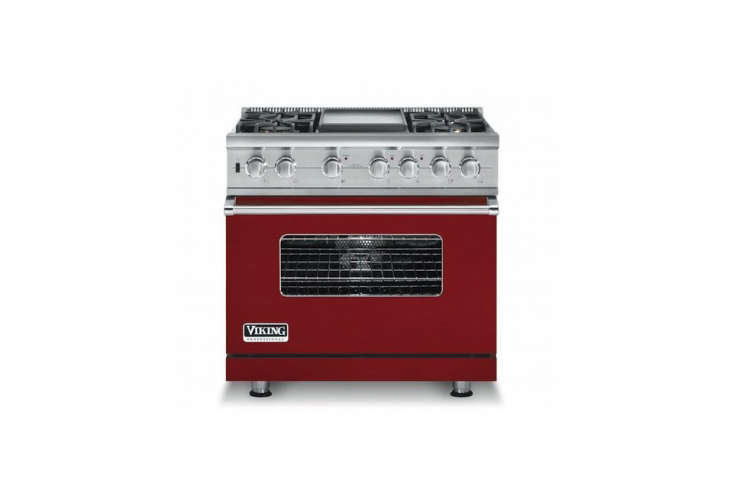
Knobs

Wolf ranges are available with red, black, or stainless steel knobs; Viking’s latest knobs are stainless (black and white have been offered on some recent models).
Warranties
Both companies offer strong warranties. The Wolf Residential Warranty provides two-year coverage for all parts and labor, along with five-year limited coverage on certain parts. Viking offers a Three-Year Signature Warranty with full coverage for all indoor cooking appliances.
Burners


Do Wolf and Viking offer a variety of appliances?
Wolf and Viking seem to have differing philosophies when it comes to their product lines. In 2013 Viking became part of the Middleby Corporation, the largest food-service equipment manufacturer in the world. Since then, the company has introduced more than 60 new products. Wolf, meanwhile, is part of Sub-Zero, a third-generation, family-owned company that prides itself on focus: “While other brands divide their attention among everything from trash compactors to vacuum cleaners, Sub-Zero and Wolf remain committed to refining and mastering their specialties: the world’s finest refrigeration and cooking appliances.”
This is important to consider if you’re outfitting your entire kitchen and want to stick to the same brand for either aesthetic or cost reasons (some distributors offer favorable pricing when purchasing suites of appliances). But this can cut both ways. “The reason I got a Wolf the second time around was because we had other Viking appliances that were bad,” says Michelle, editor in chief of Gardenista. “Those appliances soured us on the brand, even though we thought the Viking stove performed well.”

Which is easier to clean, a Viking or Wolf stovetop?
That’s a point of debate here at Remodelista, but, truth be told, they’re likely comparable: Both Wolf and Viking ranges now come with sealed burner pans that make cleaning easier.
Remodelista’s Sarah lives in a house that came with a 30-inch Viking gas range: “Besides being great to cook with,” she says, “I love the pullout tray beneath the burners for easy cleaning.”
When it comes to cleaning, I, too, had a good experience with Viking. In my Seattle remodel several years back, I chose a Viking range top with sealed burners, which, combined with removable burner grates, made for easy cleaning (and no fear of spillage creeping into unknown depths).

Michelle has had both a Viking and Wolf range. She put a Wolf in her recent remodel and admits to liking it better than the Viking in part because of the cleaning issues. “The stovetop on the Viking was harder to clean. I can’t remember the exact configuration, but for some reason food and liquids were able to drip down the burner covers and get stuck around the wiring. Impossible to really clean,” says Michelle. “This is not true of the Wolf. The Wolf burner design is really smart—the removable burner rings fit tightly and prevent drips down into the stove parts.”
Where do I buy Viking and Wolf ranges?
Sales of Viking and Wolf appliances are limited to dealers within defined geographical limits of the buyer. This means that they’re not available for online purchase if you live more than a specified number of miles from a seller’s location. Refer to the Viking dealer locator and the Wolf dealer locator to find the vendors nearest to you.
Both Wolf and Viking have tools to help with kitchen design and inspiration. Viking has a free iPad App, while Wolf offers an online kitchen gallery and curated kitchen collection.
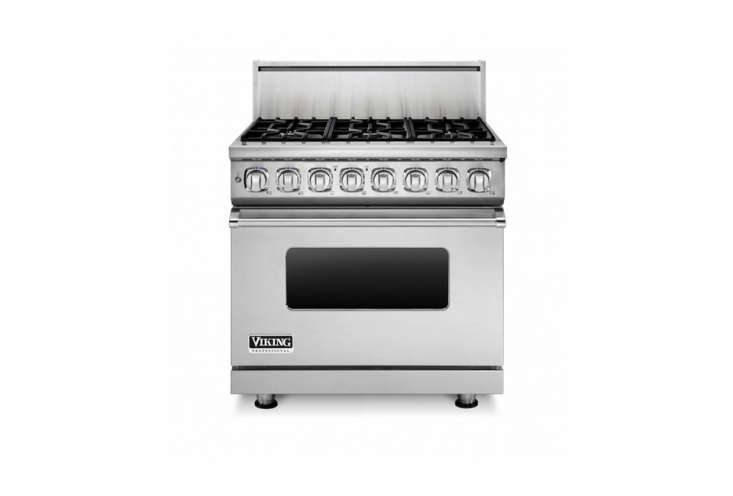
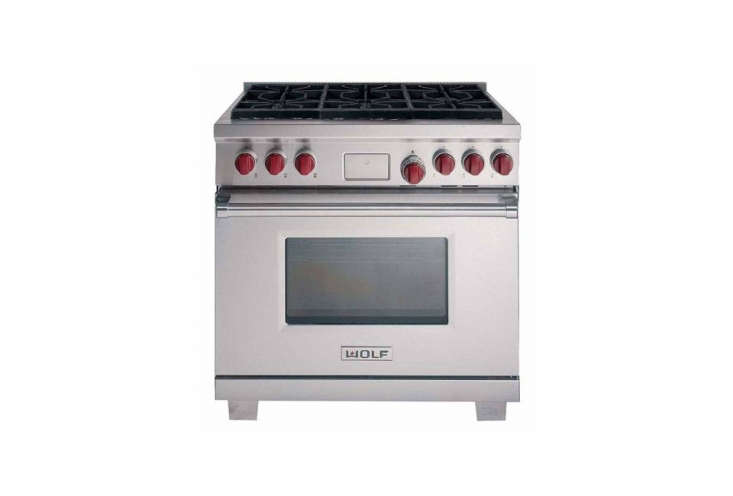
Are there other brands to consider?
There are so many professional-style ranges on the market that the burden of choice can be overwhelming. We’ve rounded up some favorites in different categories to help narrow the field:
- Reduced-Size Ranges
- 7 High-Style Italian Kitchen Ranges
- 6 Chateau-Style Cooking Ranges
- 10 Easy Pieces: 36-Inch Gas Cooktops
- 10 Easy Pieces: Freestanding 36-Inch Ranges
Interested in outfitting your kitchen with American-made products? See:
- 13 American-Made Appliances, from Countertop Mixers to Ranges to Refrigerators
- 15 Made-in-America Kitchen Classics
- 7 Sources for American-Made Hardware
- Henrybuilt’s Custom Kitchen Systems
Finally, get more ideas on how to evaluate and choose your kitchen range or oven in our Remodeling 101 Guide: Kitchen Ranges & Ovens.
N.B.: This post is an update; the original story ran on March 12, 2015.

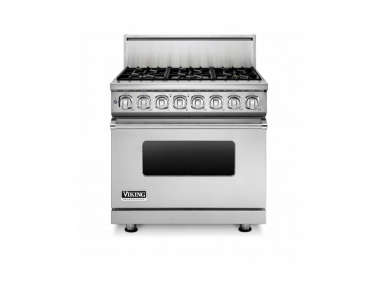
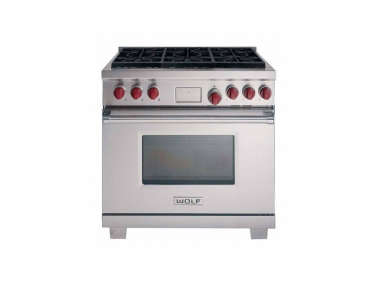




Have a Question or Comment About This Post?
Join the conversation (36)